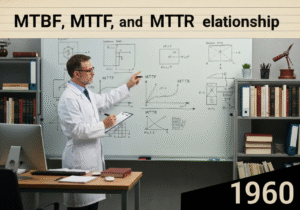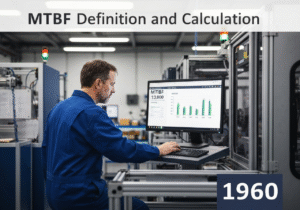To calculate a worker’s exposure to hand-arm vibration.
- Méthodologies : Ergonomie
Hand-Arm Vibration Calculator (HAV)

Hand-Arm Vibration Calculator (HAV)
- Impact environnemental, Ergonomie, Sciences de la santé, Facteurs humains, Ingénierie des facteurs humains (HFE), Gestion des risques, Safety, Analyse des vibrations
Objectif :
Comment il est utilisé :
- A tool that calculates a worker's daily exposure to vibration from power tools and other equipment. It is used to ensure that exposure levels are within safe limits and to identify workers who are at risk of hand-arm vibration syndrome (HAVS).
Avantages
- Helps to protect workers from the health risks of vibration; Provides a quantitative measure of exposure.
Inconvénients
- Requires accurate data on vibration levels and exposure times; Can be complex to use.
Catégories :
- Ergonomie, Gestion des risques
Idéal pour :
- Assessing the risk of hand-arm vibration syndrome for workers who use power tools.
The Hand-Arm Vibration Calculator (HAV) serves as an important tool in industries such as construction, manufacturing, and forestry, where workers frequently use vibration-inducing hand tools like drills, grinders, and saws. This methodology is particularly valuable during the planning and assessment phases of workplace safety programs, allowing managers and safety officers to evaluate existing equipment and practices while implementing new strategies to mitigate risks associated with vibration exposure. Organizations can benefit from the HAV calculator by quantitatively measuring and tracking vibration exposure over time, which aids in compliance with regulations set forth by occupational safety institutions such as the Health and Safety Executive (HSE) in the UK or the Occupational Safety and Health Administration (OSHA) in the US. Employees using vibrating tools should be educated about the risks and safe usage practices, while regular monitoring of exposure levels can lead to proactive interventions, such as limiting tool usage duration or introducing alternative tools designed with lower vibration levels. Involvement of occupational health professionals, ergonomists, and safety engineers during the analysis phase is advisable, as they can interpret the data and recommend appropriate personal protective equipment (PPE) or ergonomic improvements. Implementing such measures not only safeguards worker health but can also result in increased productivity and morale, reducing costs associated with worker compensation claims and lost workdays due to HAVS.
Principales étapes de cette méthodologie
- Identify the tools and equipment used by the worker.
- Gather vibration emission data from manufacturer specifications or reliable databases relevant to each tool.
- Measure the duration of exposure for each tool during the workday.
- Calculate the daily vibration exposure using the acquired vibration data and exposure time.
- Compare calculated exposure values against established exposure limits (e.g., from ISO 5349).
- Determine the risk for each worker based on their calculated exposure and the threshold limit value.
- Implement control measures or recommendations for reducing vibration exposure if thresholds are exceeded.
Conseils de pro
- Integrate real-time exposure monitoring to capture instantaneous vibration levels during tool use, allowing for more precise data analysis and proactive risk management.
- Utilize a multi-layered approach when assessing HAV risk, incorporating ergonomic evaluations and staff feedback to identify tools and tasks with high vibration exposure.
- Regularly calibrate measurement devices and cross-check data against industry standards to ensure compliance and enhance the accuracy of HAV assessments.
Lire et comparer plusieurs méthodologies, nous recommandons le
> Référentiel méthodologique étendu <
ainsi que plus de 400 autres méthodologies.
Vos commentaires sur cette méthodologie ou des informations supplémentaires sont les bienvenus sur le site web de la Commission européenne. section des commentaires ci-dessous ↓ , ainsi que toute idée ou lien en rapport avec l'ingénierie.
Contexte historique
1959-11
1960
1960
1960
1961
1968
1974-11-15
1950
1960
1960
1960
1960
1963
1970
1980
(si la date est inconnue ou n'est pas pertinente, par exemple "mécanique des fluides", une estimation arrondie de son émergence notable est fournie)














Articles Similaires
Simulation de Monte Carlo
Tests basés sur des modèles
Contrôle des modèles
Recherche sur les méthodes mixtes
À l'épreuve des erreurs (Poka-Yoke)
Test du profil de la mission